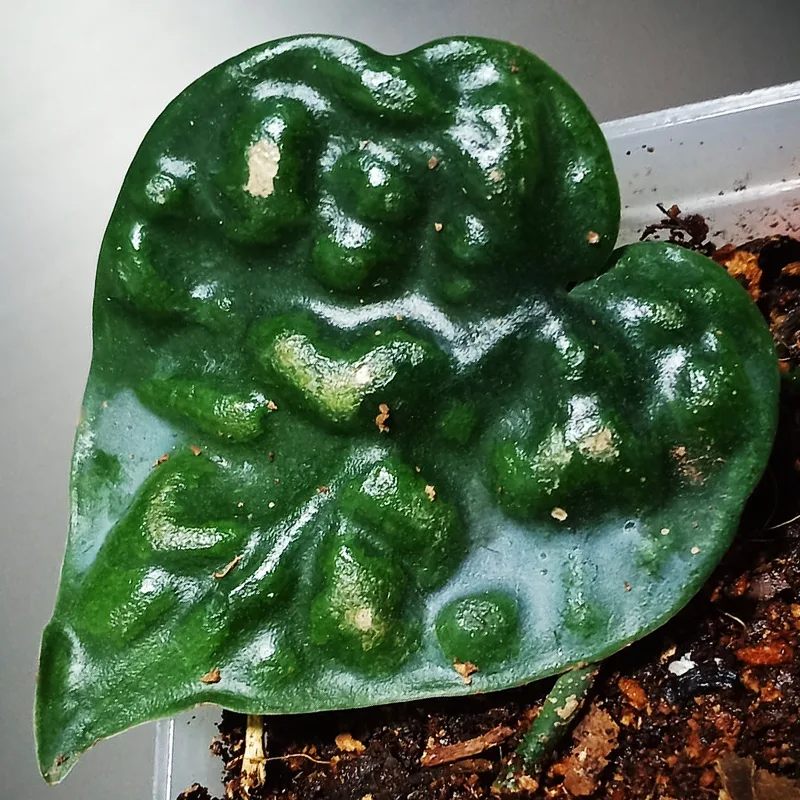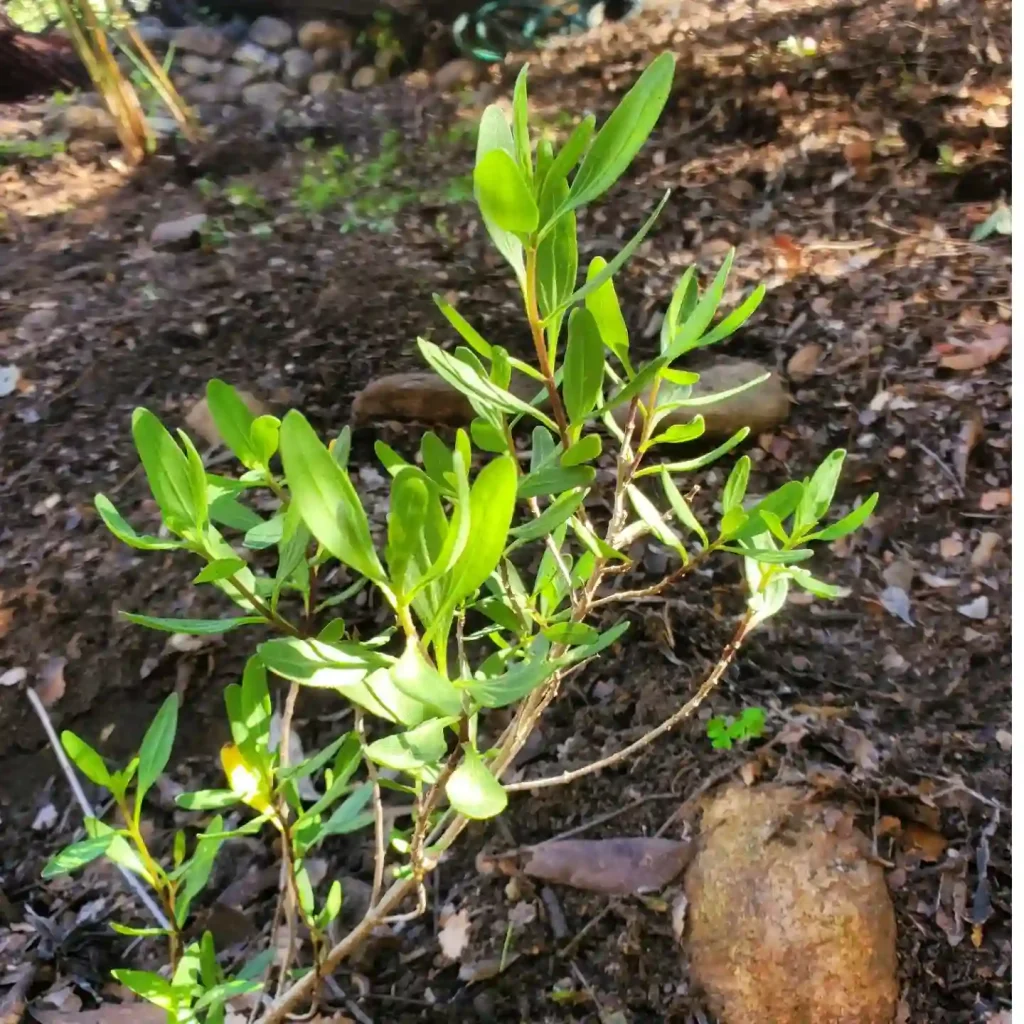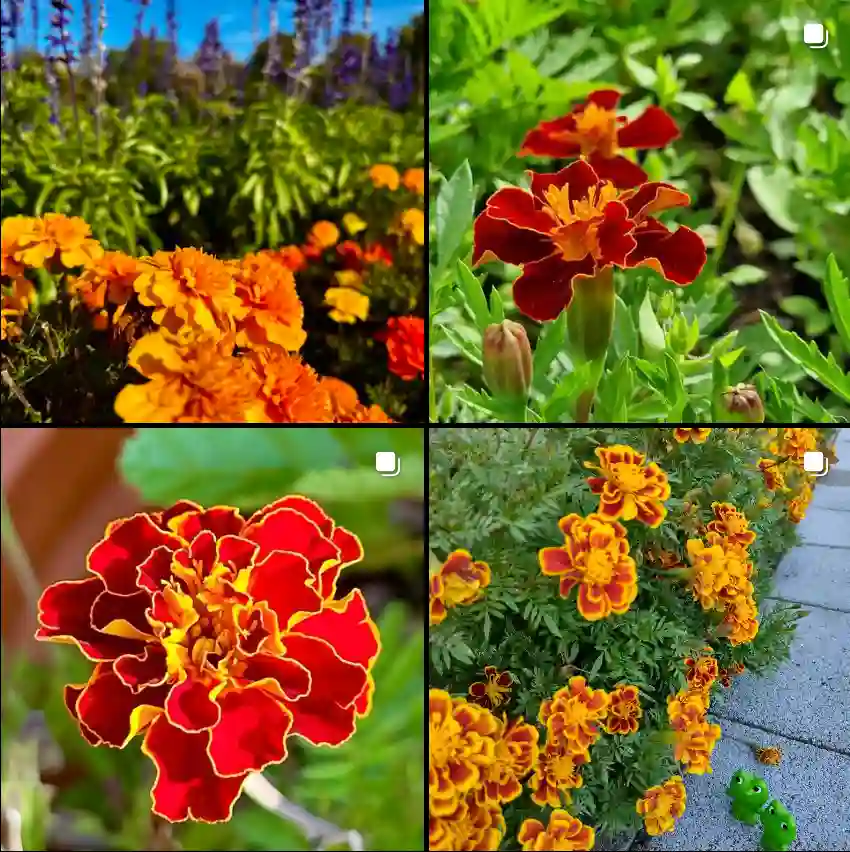
Uvularia Grandiflora: A Showy Spring Wildflower for Your Shade Garden
Hi, Ferb Vu here! As a plant enthusiast, I’m often drawn to unique and beautiful flowers that thrive in shady areas. One such gem is the Uvularia grandiflora, also known as the Large-flowered Bellwort or Merrybells.
This spring ephemeral (a plant that completes its life cycle quickly) boasts elegant, pendulous blooms that add a touch of whimsy to any woodland garden. Over the years, I’ve received many questions about this captivating wildflower. So, I decided to compile a little FAQ to share what I’ve learned.
What is Uvularia grandiflora?
Uvularia grandiflora is a herbaceous perennial native to eastern and central North America. It belongs to the Colchicaceae family, known for its bulb-forming plants.
What does Uvularia grandiflora look like?
Imagine delicate, yellow, bell-shaped flowers drooping gracefully from slender stems. Each stem forms a dense, vase-shaped clump reaching 12-20 inches tall. The vibrant blooms, typically 1-4 per stem, emerge in spring (April-May) and add a touch of cheer to the awakening woodland.
Where does Uvularia grandiflora grow?
This shade-loving beauty thrives in open woodlands with rich, moist soils. It prefers slightly acidic to neutral soil with good drainage and a healthy dose of organic matter.
How do I grow Uvularia grandiflora?
Growing Uvularia grandiflora is relatively easy. Here’s what you need to know:
- Planting: Start with healthy bare-root divisions or containerized plants in early spring or fall. Choose a location with dappled shade and well-drained soil. Dig a hole slightly larger than the root ball and amend the soil with compost or aged manure for extra richness. Water thoroughly after planting.
- Light: Partial to full shade is ideal. Avoid harsh afternoon sun, which can scorch the foliage.
- Soil: Uvularia grandiflora prefers moist, well-drained soil rich in organic matter. Sandy loam or a mixture of compost, garden soil, and sand works well.
- Watering: Water regularly during the first growing season, especially during dry spells. Once established, it’s fairly drought-tolerant but appreciates occasional deep watering during extended dry periods.
- Fertilizer: A light application of balanced organic fertilizer in early spring can be beneficial.
What is the difference between Uvularia grandiflora and Trillium?
Both Uvularia grandiflora and Trillium are beautiful woodland wildflowers that share a similar blooming period. Here’s a quick comparison:
- Flower: Uvularia grandiflora has drooping, bell-shaped yellow flowers. Trillium comes in various flower shapes and colors, including white, red, and maroon, with flowers facing upwards or outwards.
- Leaves: Uvularia grandiflora has elliptical, pointed leaves arranged in whorls around the stem. Trillium has three large, broad leaves in a whorl at the base of the flower stalk.
- Habit: Uvularia grandiflora forms vase-shaped clumps. Trillium typically has a single flower per stem.
Is Uvularia grandiflora deer resistant?
Unfortunately, no. Deer find Uvularia grandiflora quite palatable. If deer are a problem in your area, consider planting it in a protected location or using a deer repellent.
Companion plants for Uvularia grandiflora
Uvularia grandiflora pairs beautifully with other shade-loving plants like ferns, hostas, Virginia bluebells, and Hepatica.
Conclusion
Uvularia grandiflora is a captivating wildflower that adds a touch of elegance and whimsy to the shade garden. With its easy-going nature and vibrant blooms, it’s a wonderful addition for any plant enthusiast looking for a unique spring perennial.
If i die, water my plants!



